
- Events
- Australia Day
- Bastille Day
- Burns Night
- Christmas
- Day of the Dead
- Eurovision
- Festivals / Summer
- Halloween
- Halloween Accessories
- Nativity
- Oktoberfest
- Olympics
- Pride
- Red Nose Day
- School Play Costumes
- St Andrew's Day
- St Davids Day
- St Georges / England Supporters
- St Patricks Day
- Six Nations Rugby
- Stag Do
- Summer
- Thanksgiving
- VE Day
- World Book Day
- Adult World Book Day Costumes
- 4th July

- Themes
- Animals
- Around The World
- Book Characters
- British
- Chocolate Factory
- Cops & Robbers
- Cosplay
- DC
- Doctors and Nurses
- Fairytale
- Funny / Novelty
- Gangster
- Harry Potter
- Hawaiian / Summer
- Heroes and Villains
- Historical
- Army, Air Force & Naval
- Mexican Fiesta
- Pick Me Up
- Pink Cowgirl Hat Aesthetic
- Pirates
- Popstars and Celebrities
- Pre Historic
- Religious
- Sexy Costumes
- Sports
- Star Wars
- Steampunk
- Suits
- Tiger King
- TV, Film and Game
- Wild West
- Wizard of Oz
- Wizards & Witches
- 2000s
- 1990s
- 1980s
- 1960s 1970s
- 1950s
- 1940s
- 1920s

- Cosmetics
- Body Crayons
- Eye Liner
- Fabric Paint
- Face & Body Paint
- Face Jewels
- Fake Blood
- FX Fluids
- Glitter Fixatives
- Glitter Gel
- Glitter Shaker
- Hair Colour Spray
- Hair Gel
- Hair Streaks
- Lipgloss
- Lipstick
- Lip Tattoos
- Loose Glitter
- Mascara
- Nail Polish
- Pigment Shakers
- Pro Face Paint Cake Pots
- Scars, Wounds, Prosthetics & FX

- Accessories
- Bandanas & Scarves
- Belts
- Braces
- Capes
- Elf Accessories
- Eye Lashes
- Facial Hair
- Feather Boas
- Glasses
- Gloves
- Guns, Weapons & Swords
- Hats & Headwear
- Hosiery
- Inflatables
- Jewellery
- Masks
- Masquerade Masks
- Nipple Pasties
- Pacifiers
- Props
- Sets & Kits
- Shoe Covers
- Shoes / Boots
- Sleeves
- Teeth
- Ties & Bowties
- Tutus & Underskirts
- Wigs
- Wings & Wands
- Other

- Gifts by Category
- Alternative
- Balloon Dog Sculptures
- Batteries
- Colouring Books
- Decorative Accessories
- Food & Drink
- Fragrance
- Gadgets & Tech
- Gift Sets
- Gifts for the Home
- Homeware
- Jewellery
- Keepsakes
- Knitting Wool
- Life
- Luggage & Suitcases
- Miscellaneous
- Ornaments
- Personalised Gifts
- Puzzle Books
- Puzzles
- Slippers
- Smoking
- Stationery
- Umbrellas
- Vehicle
- Wallets & Purses
- Warmies

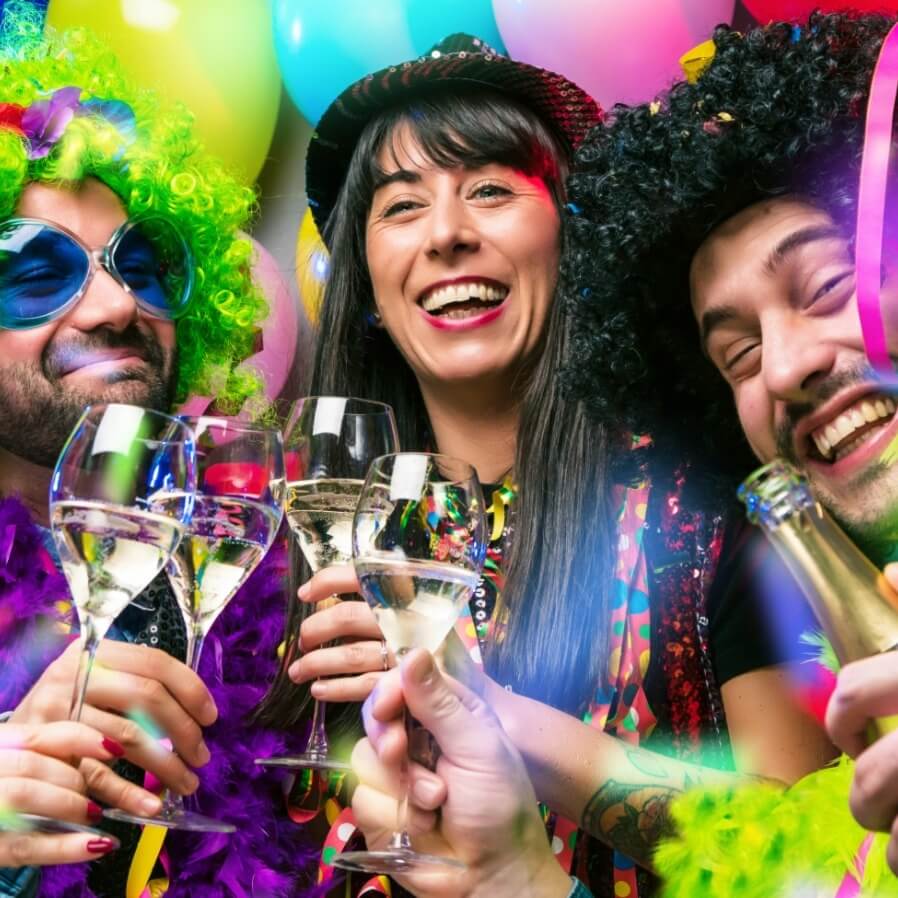
-
- Australia Day
- Bastille Day
- Burns Night
- Christmas
- Day of the Dead
- Eurovision
- Festivals / Summer
- Halloween
- Halloween Accessories
- Nativity
- Oktoberfest
- Olympics
- Pride
- Red Nose Day
- School Play Costumes
- St Andrew's Day
- St Davids Day
- St Georges / England Supporters
- St Patricks Day
- Six Nations Rugby
- Stag Do
- Summer
- Thanksgiving
- VE Day
- World Book Day
- Adult World Book Day Costumes
- 4th July
-
- Animals
- Around The World
- Book Characters
- British
- Chocolate Factory
- Cops & Robbers
- Cosplay
- DC
- Doctors and Nurses
- Fairytale
- Funny / Novelty
- Gangster
- Harry Potter
- Hawaiian / Summer
- Heroes and Villains
- Historical
- Army, Air Force & Naval
- Mexican Fiesta
- Pick Me Up
- Pink Cowgirl Hat Aesthetic
- Pirates
- Popstars and Celebrities
- Pre Historic
- Religious
- Sexy Costumes
- Sports
- Star Wars
- Steampunk
- Suits
- Tiger King
- TV, Film and Game
- Wild West
- Wizard of Oz
- Wizards & Witches
- 2000s
- 1990s
- 1980s
- 1960s 1970s
- 1950s
- 1940s
- 1920s
-
- Body Crayons
- Eye Liner
- Fabric Paint
- Face & Body Paint
- Face Jewels
- Fake Blood
- FX Fluids
- Glitter Fixatives
- Glitter Gel
- Glitter Shaker
- Hair Colour Spray
- Hair Gel
- Hair Streaks
- Lipgloss
- Lipstick
- Lip Tattoos
- Loose Glitter
- Mascara
- Nail Polish
- Pigment Shakers
- Pro Face Paint Cake Pots
- Scars, Wounds, Prosthetics & FX
-
- Bandanas & Scarves
- Belts
- Braces
- Capes
- Elf Accessories
- Eye Lashes
- Facial Hair
- Feather Boas
- Glasses
- Gloves
- Guns, Weapons & Swords
- Hats & Headwear
- Hosiery
- Inflatables
- Jewellery
- Masks
- Masquerade Masks
- Nipple Pasties
- Pacifiers
- Props
- Sets & Kits
- Shoe Covers
- Shoes / Boots
- Sleeves
- Teeth
- Ties & Bowties
- Tutus & Underskirts
- Wigs
- Wings & Wands
- Other


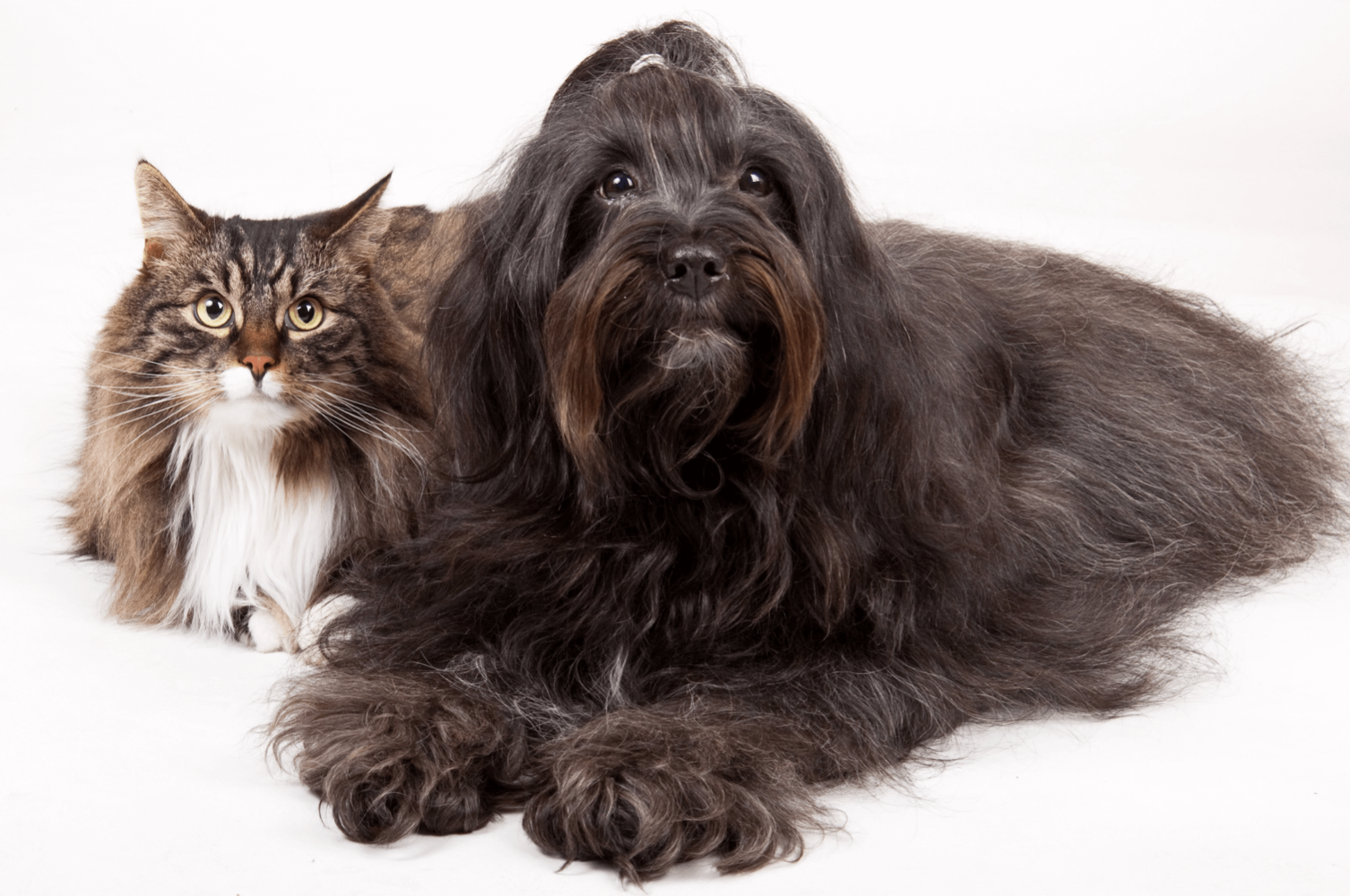
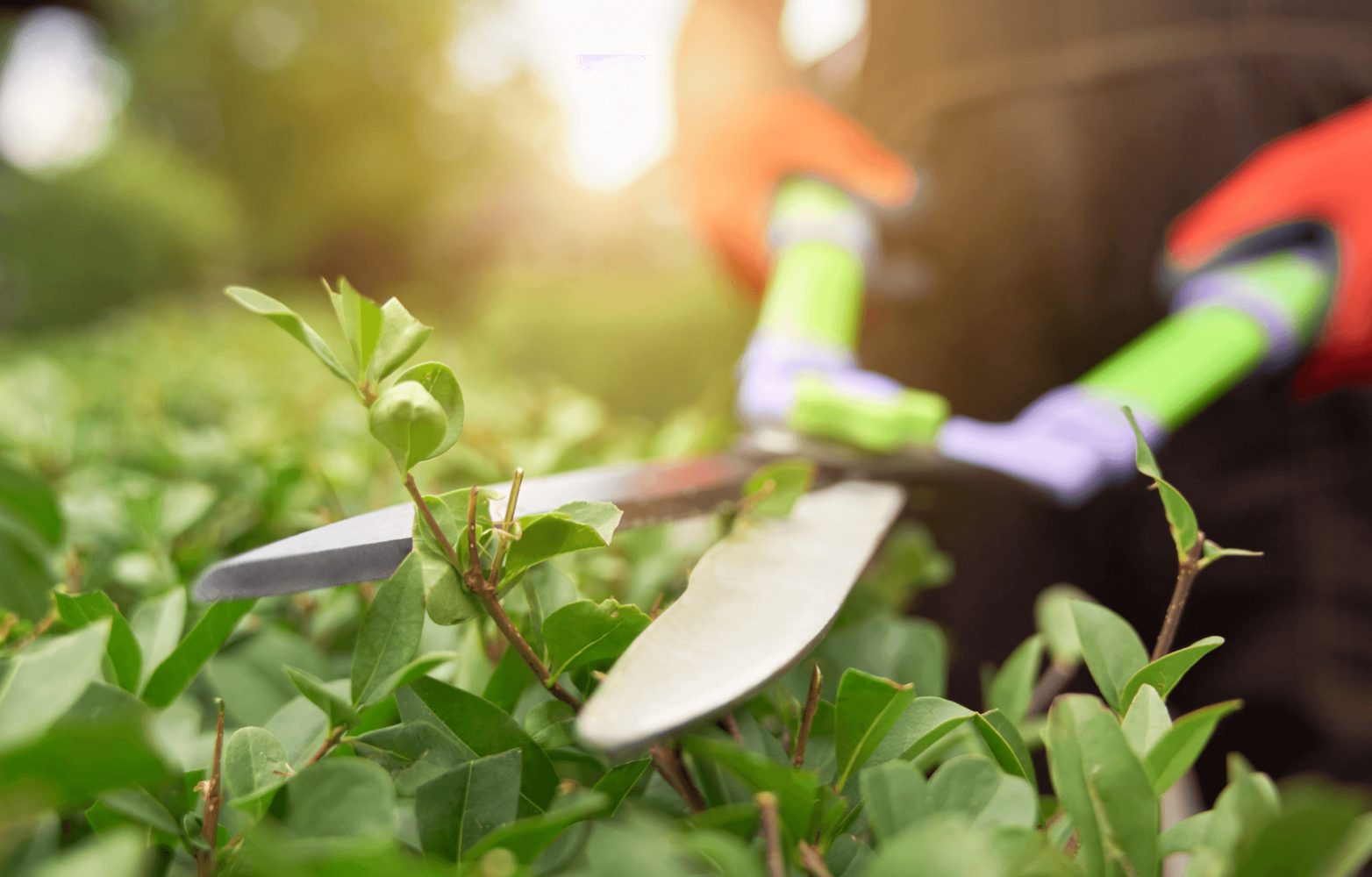
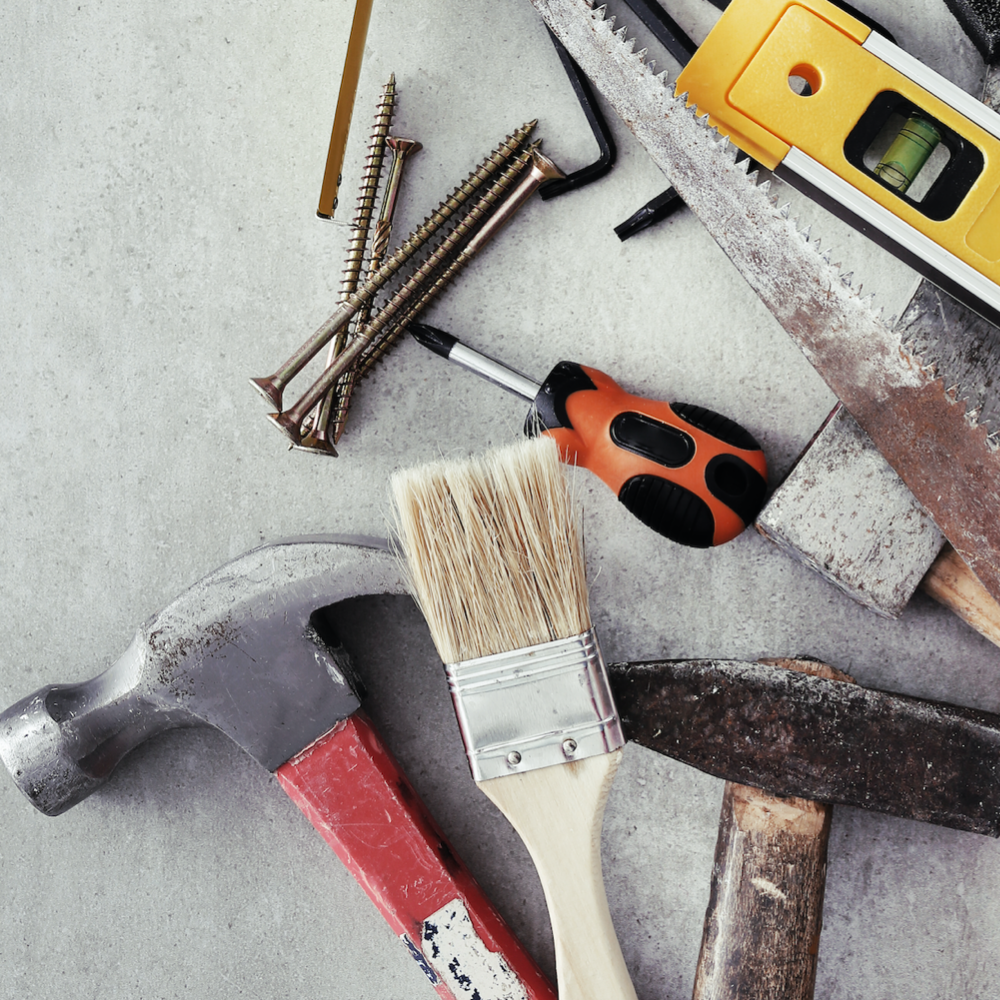
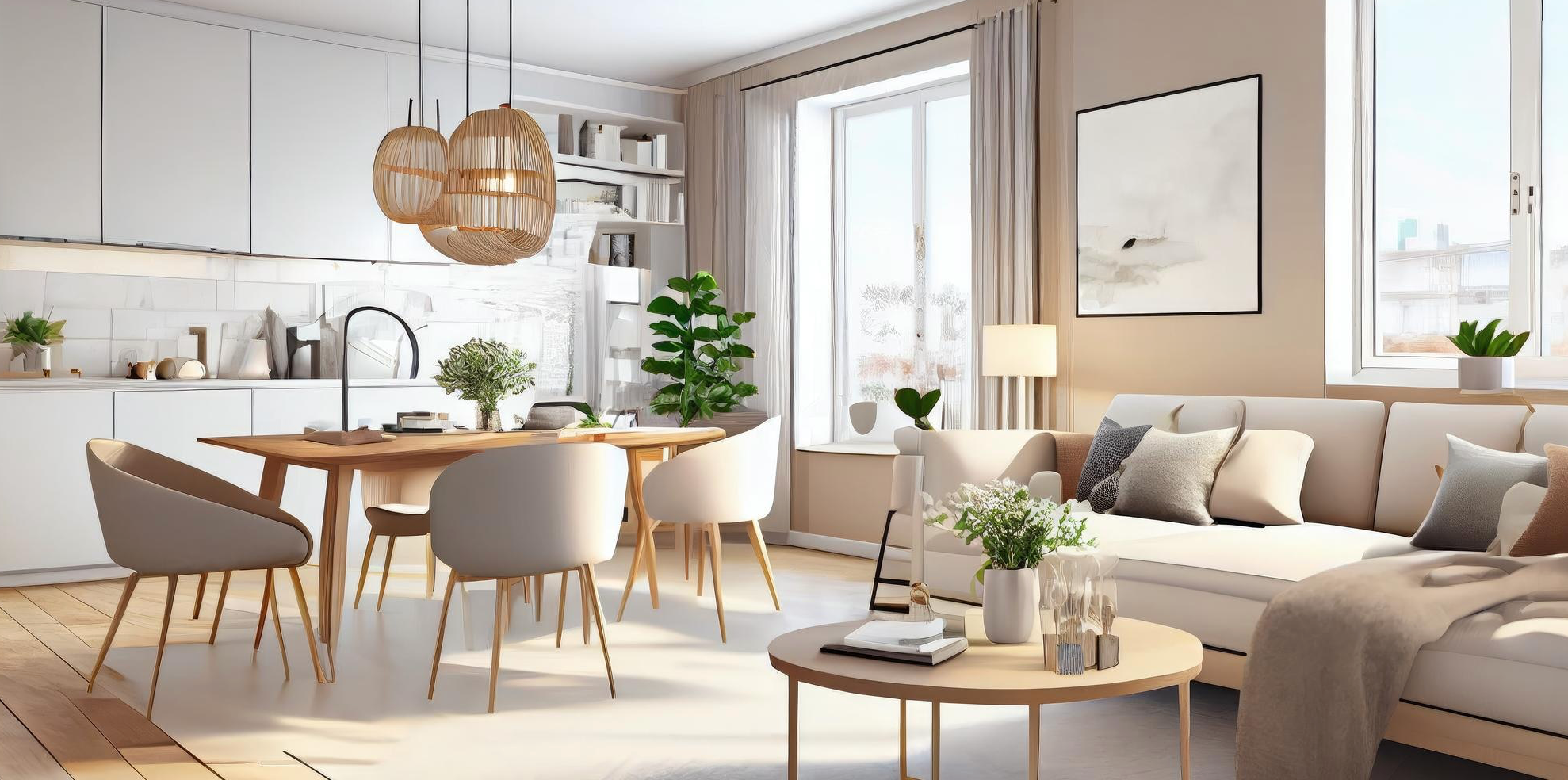

-
- Alternative
- Balloon Dog Sculptures
- Batteries
- Colouring Books
- Decorative Accessories
- Food & Drink
- Fragrance
- Gadgets & Tech
- Gift Sets
- Gifts for the Home
- Homeware
- Jewellery
- Keepsakes
- Knitting Wool
- Life
- Luggage & Suitcases
- Miscellaneous
- Ornaments
- Personalised Gifts
- Puzzle Books
- Puzzles
- Slippers
- Smoking
- Stationery
- Umbrellas
- Vehicle
- Wallets & Purses
- Warmies

Haunted House Decoration Tips for Maximum Scare Factor
by Darren Butler
Last updated: Sep 30, 2024

Halloween is the perfect time to transform your home into a chilling and eerie haunted house, filled with spine-tingling surprises. Whether you're planning a party, preparing for trick-or-treaters, or simply want to frighten your neighbours, creating a haunted house with maximum scare factor takes careful planning and some creativity. Here are some expert tips on how to make your haunted house as terrifying as possible, ensuring it's the most talked-about house on the block.

Setting the Scene: First Impressions Matter
The first thing people will see is the exterior of your house, so it's essential to make a strong impression from the moment they approach. One of the best haunted house ideas is to give your entrance a foreboding atmosphere. Think dark, gothic gates or a twisted garden path lined with old lanterns or flickering candles. Consider using low-lying fog machines to create a misty and mysterious environment that suggests something sinister lurking within. You could add weathered gravestones or even skeletal hands emerging from the ground. To really get the scare factor going, add subtle sound effects like distant wailing or the rustling of chains. This sets the tone before they even step foot inside.
Cobwebs are another easy and effective touch. Whether draped across the porch or hung in the corners of windows, they immediately add an element of decay and abandonment. Use stretchable spider webs and plastic spiders to give an unsettling, crawling sensation as guests brush past. The trick is to make it look old and forgotten, as if no one has stepped foot here for years.

The Entrance: Building Suspense
When it comes to the entrance of your haunted house, less is more. Start with subtlety and build anticipation. Have your guests walk through dark, narrow corridors or a hallway lined with torn, bloodstained drapes. Old, creaking floorboards or soundtracks of footsteps trailing behind them can set hearts racing before they’ve even seen anything truly scary. If you can dim the lights or rely on candlelight, this will increase the sense of foreboding.
Using mirrors to create optical illusions is another clever way to disorientate and unnerve people. Place a mirror at the end of a hallway or behind a corner to make it seem as though someone is lurking just out of sight. You could also position an actor or mannequin behind a two-way mirror for that unsettling feeling of being watched.

Rooms of Terror: Layering the Scares
Once your guests are inside, the real fright begins. To keep the tension high, think about how you can build suspense room by room. Each area should have its own haunted house decorations that cater to different types of fear. For example, one room could have creepy dolls sitting on dusty shelves, their eyes appearing to follow guests as they walk past. In another room, you could create a gothic dining scene with a long, cobweb-covered table and decayed food, surrounded by skeletons in tattered clothes, as if they've been sitting there for centuries.
Don't forget to use movement in your haunted house. This can include animatronics or strategically placed actors. For instance, a ghostly figure could pop out from a corner, or a possessed portrait could spring to life just as someone walks past. Motion sensors are brilliant for activating these frights at just the right moment, leaving guests startled and on edge.
Gore can also make a huge impact if done correctly. Blood-splattered walls, severed limbs, or even a bathtub filled with eerie red water can bring about an unsettling atmosphere. However, it's essential to balance gruesome elements with other types of horror to keep the experience varied and unpredictable. Too much gore can desensitise your guests, so mix it up with psychological scares or sudden loud noises to keep them jumping at every turn.

Sound and Lighting: Setting the Atmosphere
Sound and lighting are two of the most crucial elements when it comes to haunted house ideas. Flickering lights, eerie whispers, and sudden loud bangs all contribute to a chilling atmosphere. Invest in a few strategically placed speakers around the house, playing low, creepy sounds such as howling wind, distant screaming, or faint whispers. Silence can also be just as unsettling; let your guests walk through certain rooms with nothing but their own footsteps echoing behind them, increasing their anticipation of what might happen next.
When it comes to lighting, darkness is your friend. Use dim, flickering lights and focus on areas where guests will feel most vulnerable, such as staircases or narrow hallways. Candlelight, or lights that mimic candle flames, can help maintain a gothic, foreboding atmosphere. Avoid using bright, fluorescent lights, as these can break the immersion. Instead, experiment with coloured lighting—reds and purples can give a macabre, eerie glow, while blues and greens create a ghostly, otherworldly vibe. Strobe lights are another great addition for rooms where you want to disorient your guests or simulate lightning strikes during a thunderstorm.

Halloween Scary Decorations: Going the Extra Mile
While classic haunted house decorations like skeletons and gravestones are a staple, going beyond the basics can really elevate the terror. Think about what genuinely unsettles people—clowns, insects, or even grotesque figures emerging from darkened corners. Incorporating these more specific fears can be the key to leaving a lasting impression.
For example, a room filled with hanging dolls, all staring blankly at the guests, can be far more disturbing than the typical ghosts or witches. Another clever trick is to use subtle movement in unexpected ways. Have ‘living statues’ stand completely still before suddenly moving when guests least expect it. An innocent-looking mannequin suddenly moving its head or reaching out a hand can cause a heart-stopping moment.
Make sure your haunted house includes hidden scares, like false walls or doors that lead to nowhere. Creating a maze-like structure will disorient your visitors and make them feel trapped. Adding secret passages or false exits will only heighten this feeling, making them wonder if they'll ever make it out.
The Finale: A Grand Scare
Every haunted house needs a grand finale. After scaring your guests with subtle tricks, jump scares, and eerie settings, it’s time to finish with a big, unforgettable moment. This could be something like a massive animatronic monster bursting from the shadows or an actor in terrifying makeup giving chase just as they think they’re finally safe. You could also create a dramatic ending by having the walls close in or forcing them to escape through a narrow, claustrophobic exit.
Your haunted house should leave visitors feeling both relieved to have survived and slightly haunted by what they’ve experienced. By carefully planning your haunted house ideas and using a variety of halloween scary decorations, sound, and lighting effects, you’ll be able to create an immersive, terrifying experience that your guests won’t forget in a hurry.
With these tips, your haunted house will undoubtedly be the talk of the neighbourhood, and you’ll have mastered the art of giving people the fright of their lives.
- Menu
- Fancy Dress
- Electronics & Gaming
- Clothing
- Pet Products
- Garden
- Tools & DIY
- Home & Leisure
- Gifting & Parties
- Toys
- Information
- About Us
- Become a seller
- Affiliate Programme
- Frequently Asked Questions
- Returns and Refunds
- Terms And Conditions
- Privacy Policy
- View our blog
- Featured
- View more
- Customer Care
- [email protected]
- +44 (0) 1702 617821
- ILFD Group Ltd T/A Cazaar®
- Company Number: 07034824









































































